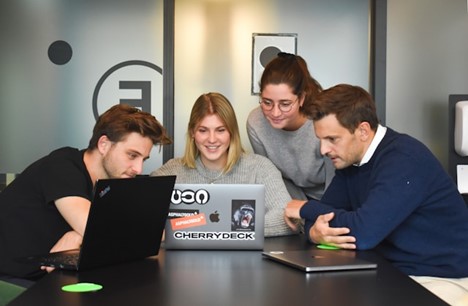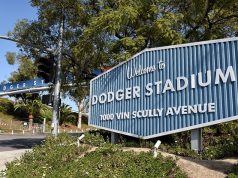Julio Avael, a soon-to-be doctoral graduate from Temple University, is poised to redefine his professional journey in the technology space, focusing on the intersection of artificial intelligence and workforce development. With extensive experience in technology integration, Julio has seen firsthand the transformative power of AI in business operations. In the following article, he explores strategies for preparing employees to thrive in a world where artificial labor is increasingly common, offering insights from his unique perspective on how organizations can successfully integrate AI while fostering employee growth and adaptability.
Artificial intelligence and automation are transforming the modern workplace, impacting industries across the board. As companies continue to adopt these advanced technologies, the workforce must evolve to stay competitive. To ensure that employees are prepared for an AI-powered future, organizations must prioritize upskilling, reskilling, and continuous learning.
Julio Avael Emphasizes the Impact of AI on the Workforce
AI and automation are changing the nature of work by streamlining processes, reducing repetitive tasks, and increasing efficiency. While these technologies offer significant benefits, they can also lead to job displacement and require employees to develop new skills. According to a report by the World Economic Forum, automation could displace 85 million jobs by 2025, but it could also create 97 million new jobs requiring new skills.
In this context, companies must address the gap between current employee skills and the requirements of a technology-driven workplace. By investing in training and reskilling programs, businesses can help their workforce stay relevant and thrive in this new environment.
 Identifying the Skills Gap
Identifying the Skills Gap
The first step in improving the workforce is identifying the specific skills gap within the organization. Julio Avael says that this process involves assessing the current skill set of employees and determining which skills are most critical for the company’s future success. Consider the following key areas where training for the future might be necessary:
- Technical Skills: As AI and automation become more prevalent, employees must be comfortable with technology. This could include programming, data analysis, machine learning, and software proficiency.
- Soft Skills: While AI can automate many tasks, it cannot replace human interaction and creativity. Soft skills such as communication, problem-solving, teamwork, and emotional intelligence are becoming increasingly important.
- Digital Literacy: As more tasks move online, employees need to be adept at using digital tools and platforms.
By understanding where skill gaps exist, companies can tailor their training programs to address these areas effectively.
Effective Training and Education Programs
Once a company has identified its skill gaps, the next step is to implement effective training and education programs. Here are some strategies:
- Continuous Learning Culture: Julio Avael suggests encouraging a culture of continuous learning by providing employees with ongoing opportunities for education and skill development. This could include workshops, online courses, webinars, and industry conferences.
- Cross-Training: Cross-training allows employees to learn new skills by working in different roles or departments within the organization. This approach not only broadens their skill set but also fosters collaboration and teamwork.
- Mentorship and Coaching: Pairing employees with experienced mentors can accelerate their learning and provide personalized guidance. Mentorship programs can also help build strong relationships within the company.
- Collaborative Learning: Encourage employees to learn from one another through collaborative projects and team-based training sessions. This approach leverages the collective knowledge of the workforce.
- Certifications and Credentials: Offer employees the opportunity to earn certifications or credentials in relevant fields. This can provide tangible evidence of their new skills and increase their value to the organization.
The Benefits of Workforce Learning and Development for Companies and Employees
Julio Avael explains that investing in upskilling and reskilling programs offers significant benefits for both companies and employees:

- Increased Productivity: A well-trained workforce can leverage AI and automation to boost productivity and efficiency, leading to better business outcomes.
- Employee Retention: Companies that invest in their employees’ development are more likely to retain top talent. Employees are more likely to stay with an organization that values their growth and provides opportunities for advancement.
- Reduced Skills Gap: By proactively addressing the skills gap, companies can ensure they have the talent needed to meet future challenges and stay competitive.
- Enhanced Innovation: A workforce with diverse skills and a growth mindset is more likely to drive innovation and creativity within the organization.
Conclusion
The transformation brought on by AI and automation is more than just a technological shift—it requires a fundamental change in how companies view their most valuable resource: people. As organizations adapt to this new landscape, it’s crucial that they prioritize improving workforce capabilities through comprehensive reskilling programs and tailored training initiatives. Doing so not only addresses immediate skill gaps but also builds a robust foundation for continuous learning.
By identifying areas of improvement, implementing effective training and education programs, and fostering a culture of continuous learning, organizations can ensure their workforce remains relevant and adaptable. Julio Avael emphasizes that this approach not only benefits the company but also empowers employees to embrace new challenges and opportunities in an ever-evolving work environment.








